Why every woman should try this
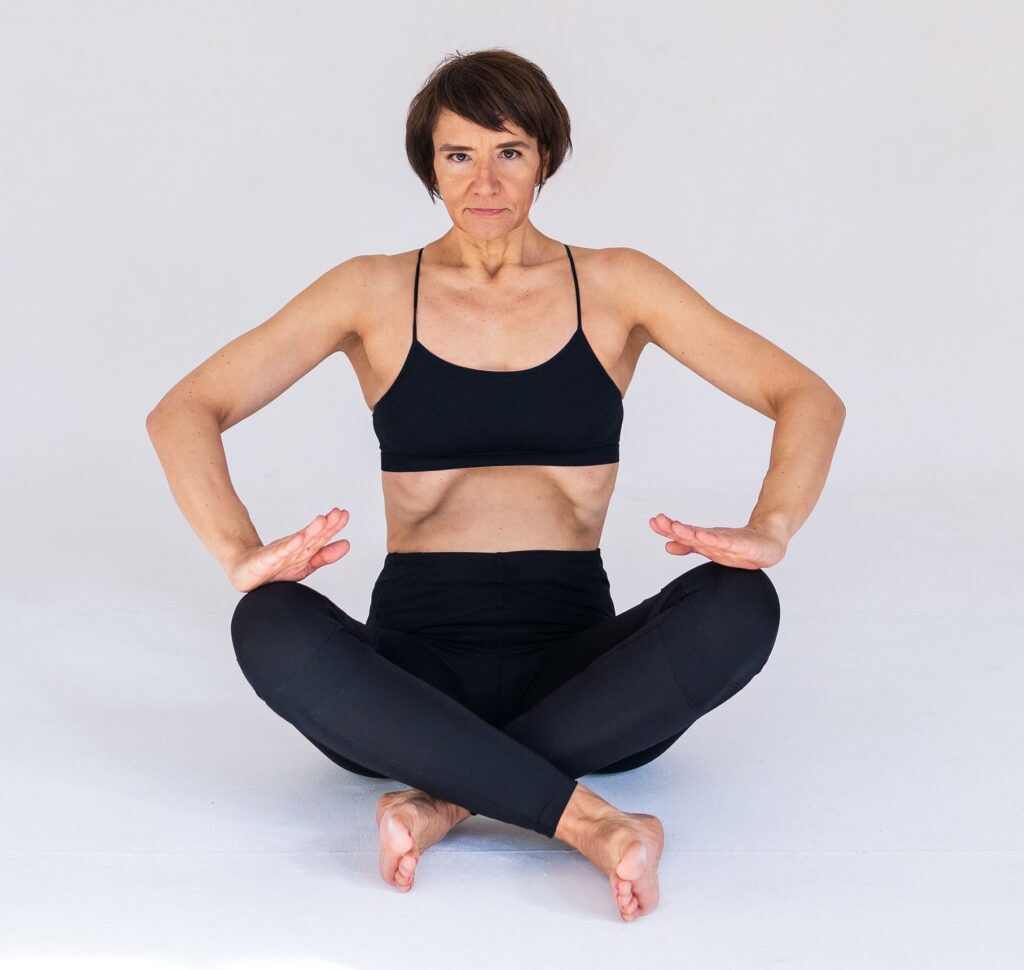
Low Pressure Fitness is a breathing & postural training. It is called low pressure, as we decrease the pressure in the abdominal cavity, the pressure on the pelvic floor and on the belly. We do this by breathing to the ribcage and not to the belly, where most of us would breathe normally.
This change in the breathing pattern, the opening of the ribcage activates the deep core: the diaphragm, the pelvic floor & the inner abdominal muscle, the ‘corset ab’ (transcerse abdominis), which works like a built-in corset: It wraps around the whole waist.
If this muscle is strong and toned, it pulls in the belly and the sides, the waist will be smaller, the belly flatter and will look toned even if we don’t lose any weight. This is usually the first sign which everybody notices after starting LPF.
Then, we reprogram the pelvic floor to coactivate with the diaphragm: When we inhale, the pelvic floor lowers and relaxes, when we exhale, it lifts and the muscles contract. It is like training any muscle: contraction and relaxation. So we tone & strengthen the pelvic floor, but also teach it to relax. This means less incontinence, reducing prolapse symptoms, and also less abdominal pain, eg. during period.
Then let’s get to the postural part, which is just as important as the breathing. We decompress the spine, and stretch the big muscle chains. This means less back pain, better mobility, flexibility, and improved posture. Actually, we use the same postural rules, that a physiotherapist or doctor would tell you to use. And you will even feel your confidence boosting as you see your beautiful ballerina-like posture in the mirror or shop windows.
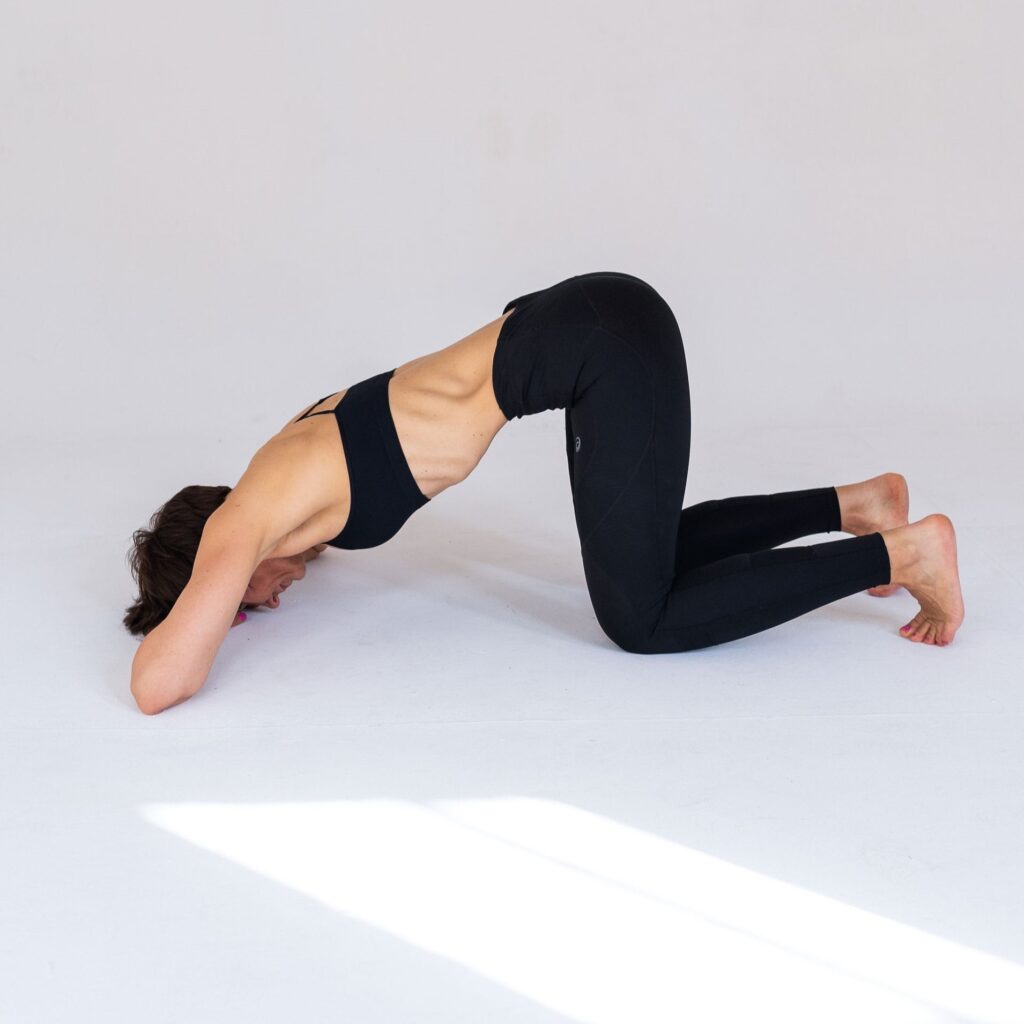
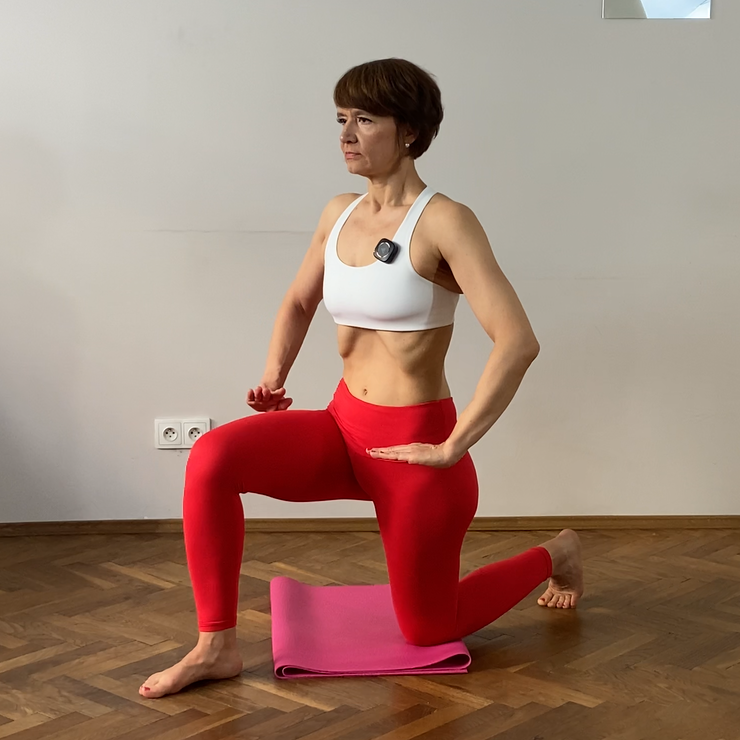
And lastly, with ribcage breathing we stimulate the Vagus nerve, which is the main nerve of the parasympathetic nervous system, which lets us calm down, decreases anxiety and stress. You will finish each training feeling relaxed and calm, and this is something all of us need today.
It is an amazing training system, helping all women to live a full, quality life.
So why is this good for me?
For a functional strong pelvic floor
Due to the pressure from the abdominal cavity the pelvic floor gets weak, which can lead to incontinence and prolapses. Low Pressure Fitness tones & relaxes your pelvic floor, lifts it up, and reduces the symptoms of dysfunctions. It prevents & fights incontinence and prolapse symptoms.
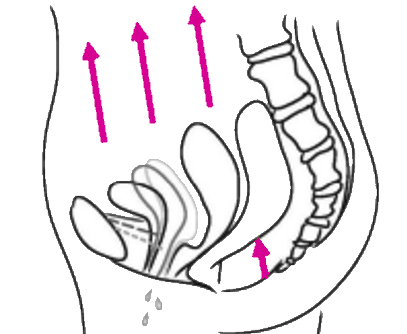
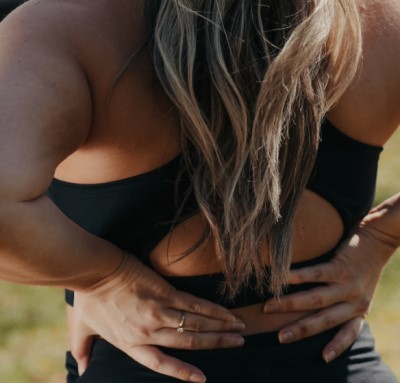
To alleviate back pain
By decompressing the spine and the neck, activating the shoulder girdle, stretching the myofascial chains and unblocking the nerves. Back health is essential for all of us spending long ours in front of screens, and becomes key for an enjoyable life as we age.
For a flatter belly
It reduces your waistline by toning the inner abdominal muscle, the ‘corset ab‘, t(transverse abdominis). At any age, any time. After giving birth, or if you just want to look amazing for your holidays.
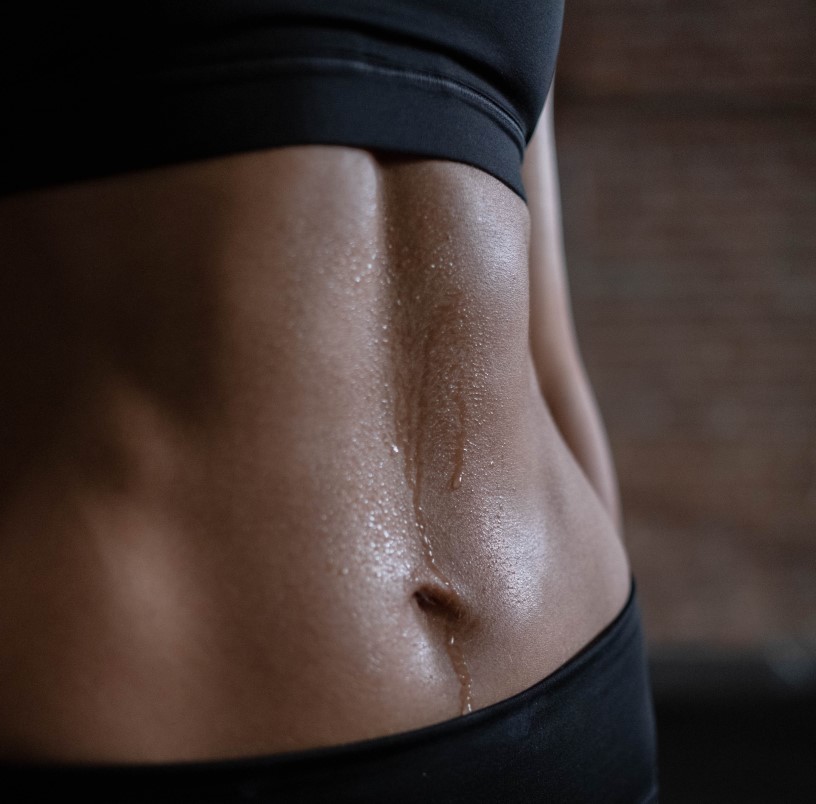
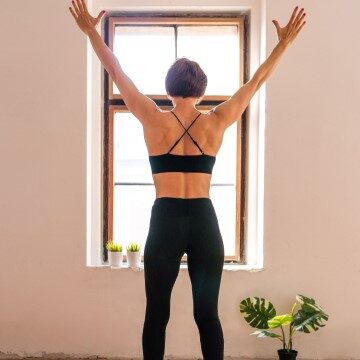
To improve posture
LPF exercises are designed to keep your body in a perfect posture, which helps you to develop strength, flexibility and balance. Proper posture also reduces stress on your muscles and ligaments, which reduces injury risk. You will develop more body awareness and will be happy to look in the mirror thinking: damn, I look great! And really mean it!
To keep the digestive system health
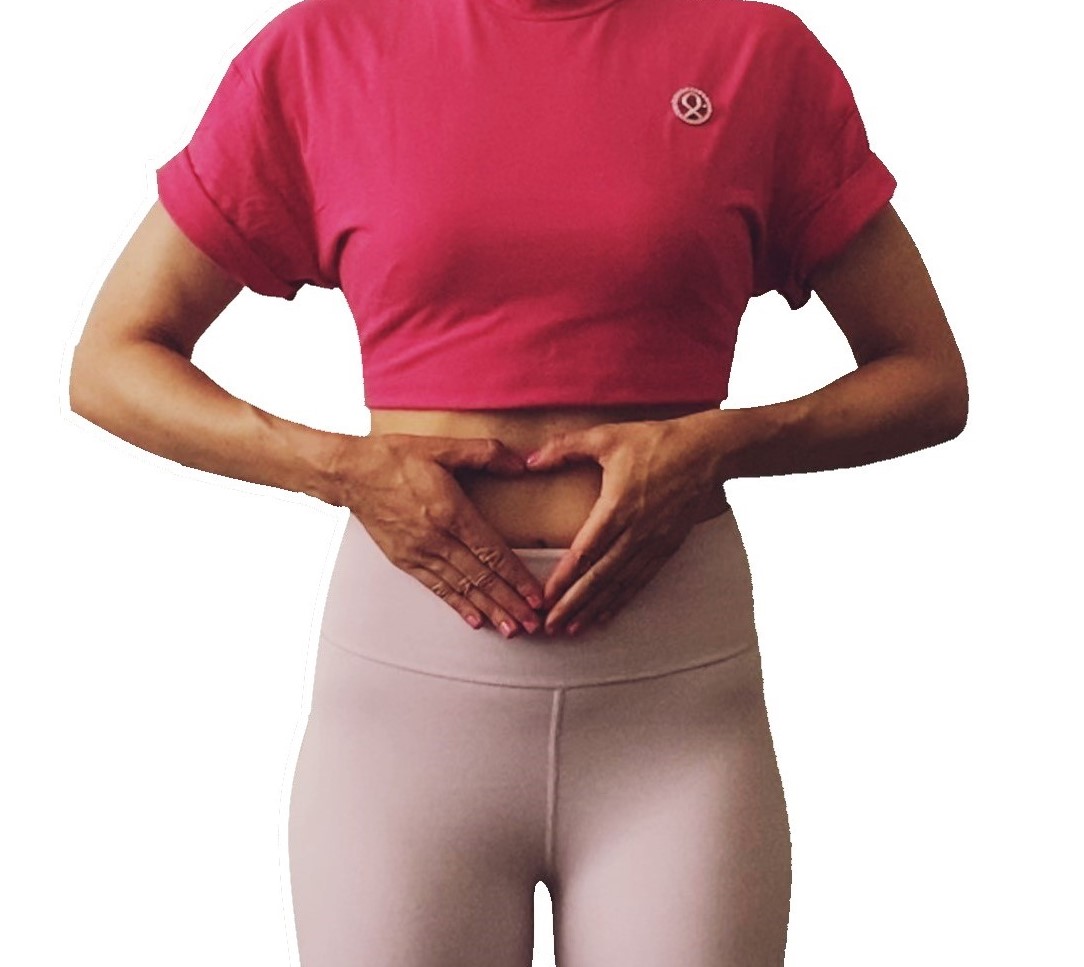

To reduce anxiety and stress
Which muscles we are training?
The inner abs muscle:
transverse abdominus
The body’s self-corset. By toning it, the belly will be flatter and the waist slimmer, even without extra diet. It doesn’t matter how much fat you have. If this muscle is strong, it will pull your waist together, as a result, making your belly look more compact, fit and toned. This is usually the first sign that people see after starting Low Pressure Fitness.

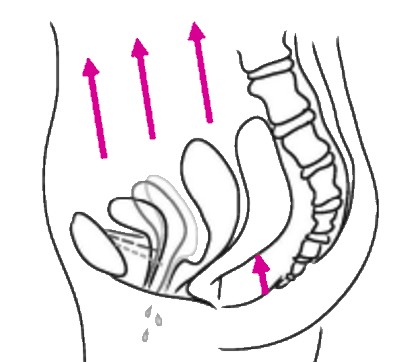
The pelvic floor
Responsible for the flexible support of the uterus, the bladder and also the rectum. We learn how to activate and to relax it, and also physically to lift it. As a consequence, incontinence and prolapses will be reduced, sexual function will improve, period pain will decrease.
After giving birth or during menopause, it is absolutely important to recover the pelvic floor health and maintain it.
The diaphragm
The most important respiratory muscle without doubt. With Low Pressure Fitness we can keep it elastic and strong. As a result, it will efficiently supports not only breathing, but also the circulatory, digestive, lymphatic and nervous system.

